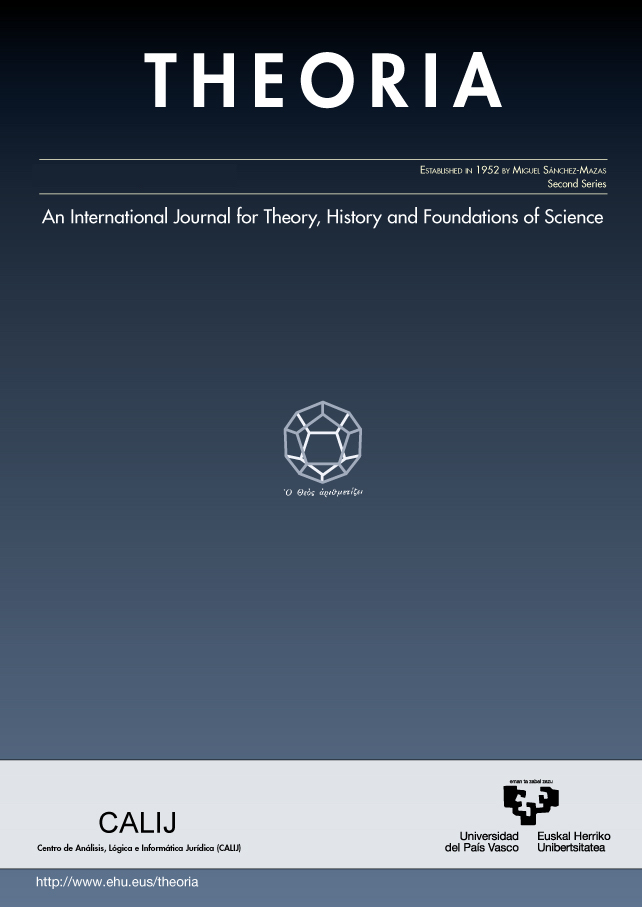What spacetime does: ideal observers and (Earman's) symmetry principles
##plugins.themes.bootstrap3.article.main##
##plugins.themes.bootstrap3.article.sidebar##
Abstract
The interpretation and justification of Earman’s symmetry principles (stating that any spacetime symmetry should be a dynamical symmetry and vice-versa) are controversial. This is directly connected to the question of how certain structures in physical theories acquire a spatiotemporal character. In this paper I address these issues from a perspective (arguably functionalist) that relates the classical discussion about the measurement and geometrical determination of space with a characterization of the notion of dynamical symmetry in which its application to subsystems that act as measuring devices plays an essential role. I argue that in order to reformulate and justify Earman’s principles, and to provide a general account of the chronogeometrical character of some structures, the existence of a coordination between two notions of congruence, one mathematical and one dynamical, must be assumed for the interpretation of physical theories. This coordination provides the basis on which we can understand space-time in physical theories as the codification (representation) of certain features of the access ideal observers have to experience.
How to Cite
##plugins.themes.bootstrap3.article.details##
Spacetime symmetry, Dynamical symmetry, Problem of Space, Dynamical approach, Earman's principles

This work is licensed under a Creative Commons Attribution-NonCommercial-NoDerivatives 4.0 International License.
Authors retain copyright and grant the journal right of first publication with the work simultaneously licensed under a Creative Commons License.


 http://orcid.org/0000-0002-2097-1192
http://orcid.org/0000-0002-2097-1192